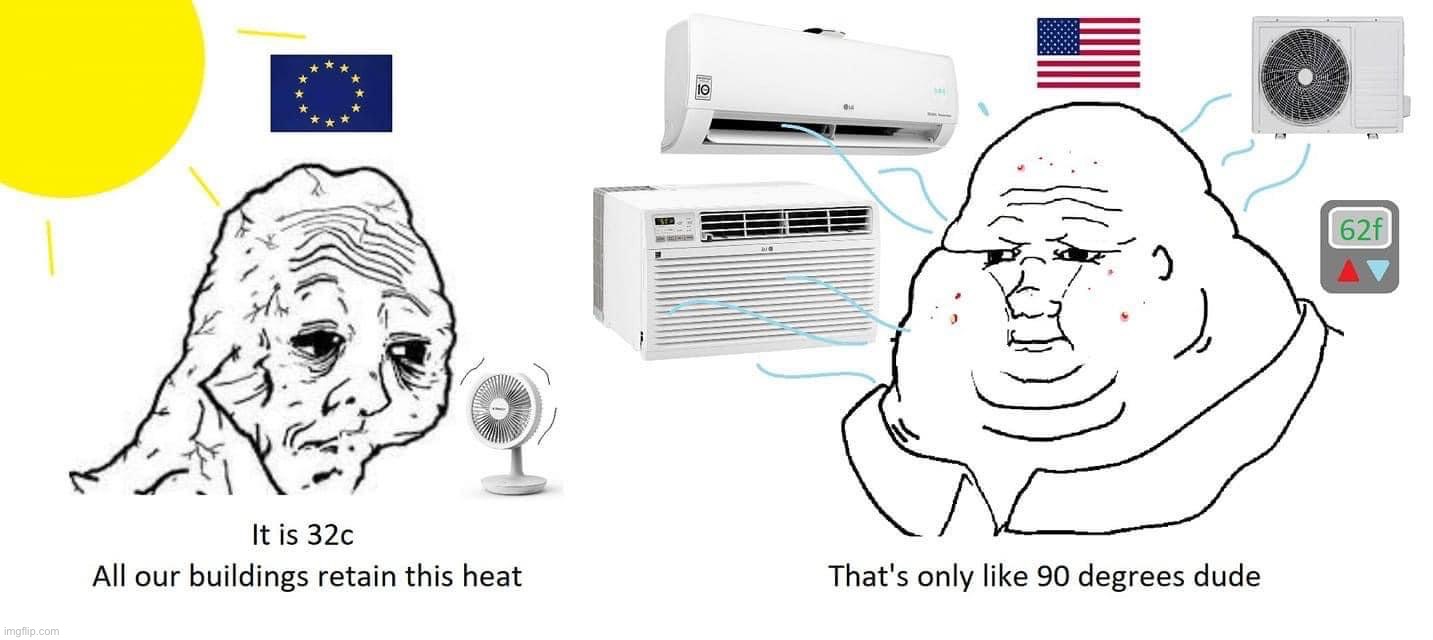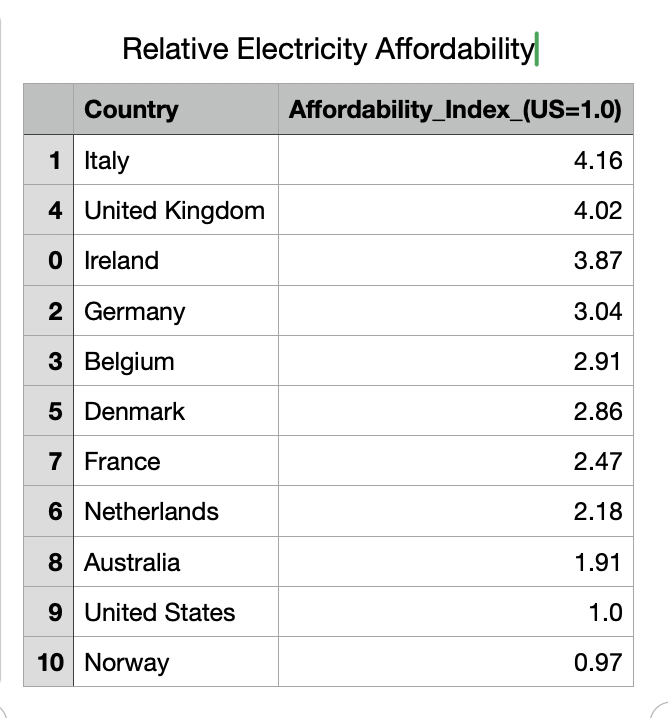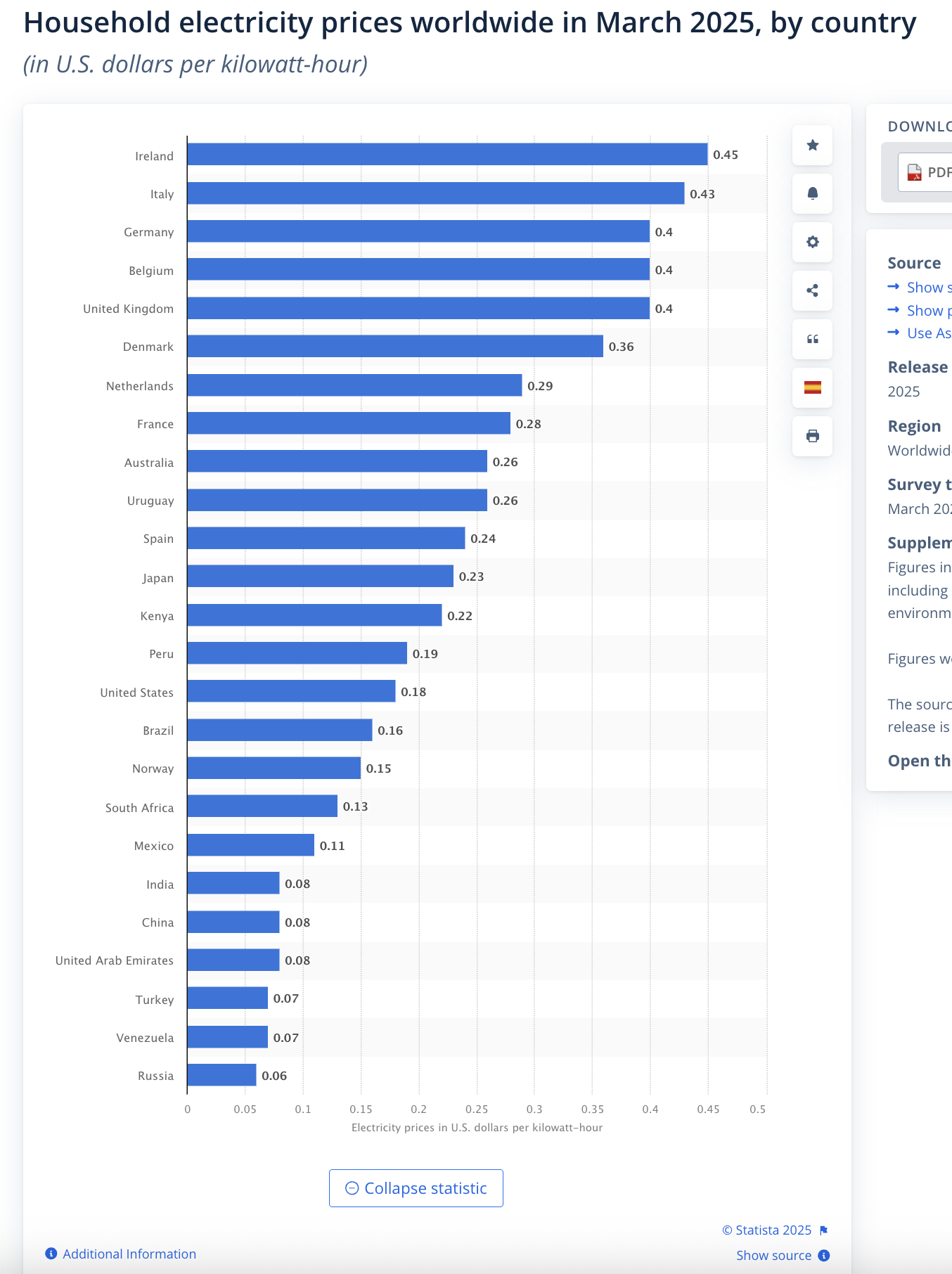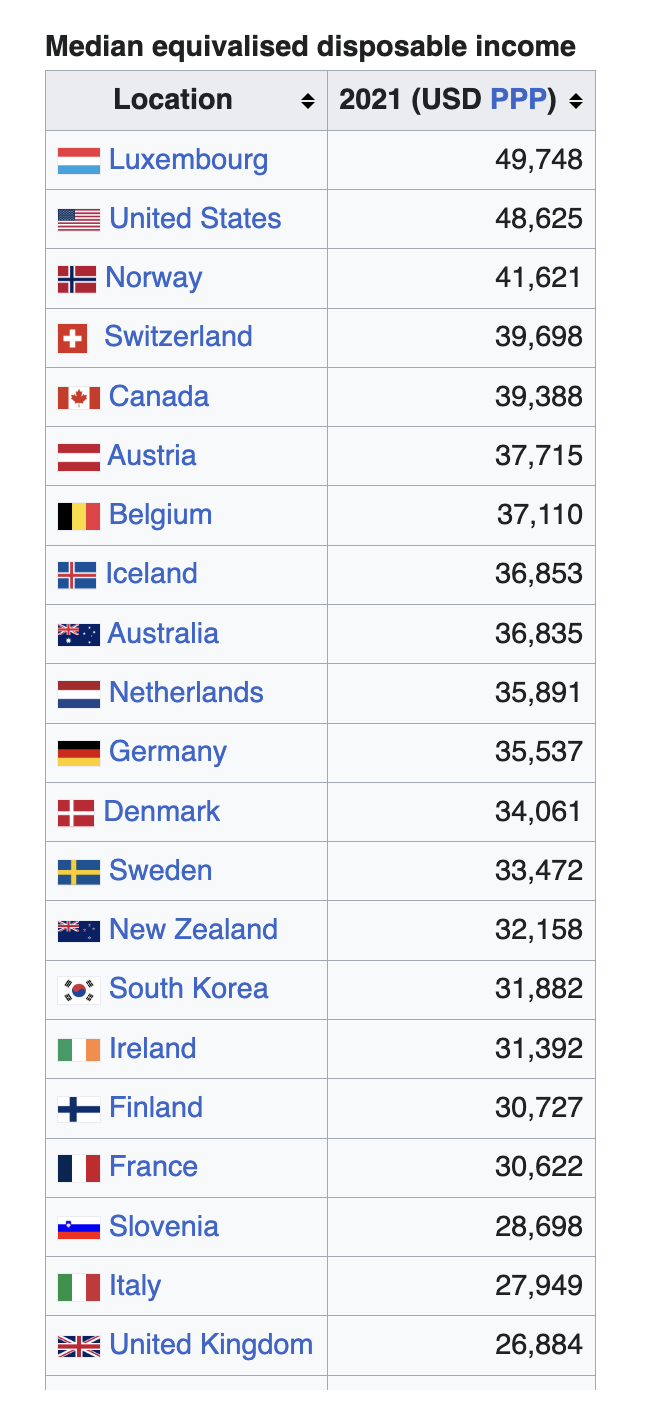Reizo Ryuu
Gold Member
Grok thought about it and gave a lot of maybe and possiblys, but I think these two sections might give some insight:And the EEA and Nature data?
- WHO's Broader Definition of Europe: The WHO may define "Europe" more expansively, potentially including regions like parts of Eastern Europe or the Mediterranean with higher heat vulnerability. This wider geographical scope could inflate its numbers.
- CDC, EEA, and Nature Focus: The EEA naturally focuses on European Union countries or a subset of Europe, while the CDC's involvement might reflect collaboration with European agencies or a focus on specific regions. Nature studies could also narrow their scope to well-documented areas, leading to lower totals.
- CDC, EEA, and Nature Precision: The CDC often relies on national health surveillance systems, while the EEA and Nature studies might use direct observational data or peer-reviewed research with more limited scope. These approaches prioritize precision over breadth, yielding lower numbers.
Edit:
I ran it by grok again, just focusing on the difference between CDC and EEA and it had this to say:
- Even if both entities use "strict" criteria compared to broader approaches (like the WHO's excess mortality estimates), the EEA and Nature studies seem to apply a less restrictive interpretation of "direct" heat-related deaths than the CDC. This methodological difference is likely the biggest driver of the reported disparity.
Last edited:









